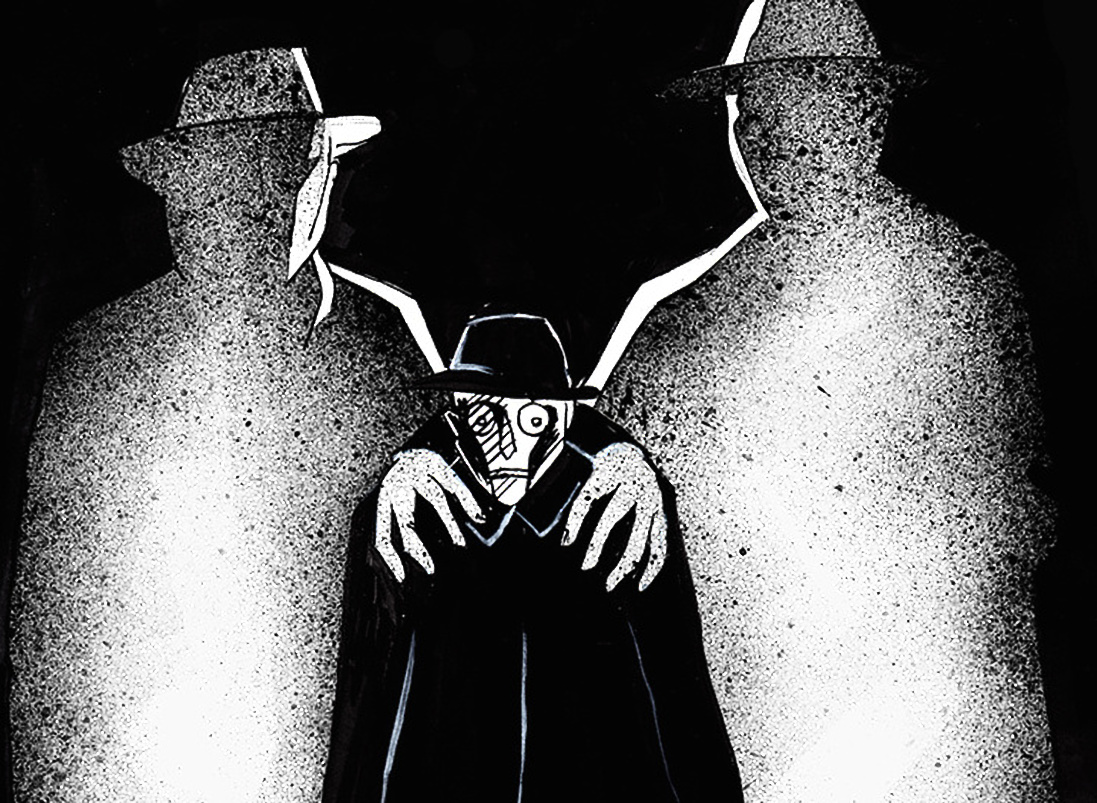There are times when art sides with the marginalized, unheard of, and oppressed – the little people of society that live and die without anyone’s knowledge, and that often carry boring and colorless lives that are too dull to be shown on billboards or cinemas. Yet in the age of capitalism, advertisements and continuous self-promotion, art is mostly a product owned by the bigger people in the society: the businessmen, the entertainment companies, the managers, and even the politicians. Just recently, ‘The Passage’ (El Mamar) became a box office hit in Egypt, surpassing EGP 30 million in less than two weeks. It traces Egypt’s defeat in the 1967 war and the subsequent War of Attrition, revolving around the lives of the men in the army and the Egyptian society at the time. While the film does a fair effort in portraying the human element of the events – in contrast to the focus on leaders and politicians in most war films – it still does not stray too far from a majority of the works in the industry that shed light on the most heroic or extraordinary characters. Next to…
Russia’s Old Tale ‘The Overcoat’: A Relevant Analogy for Egyptian Society?
July 5, 2019



